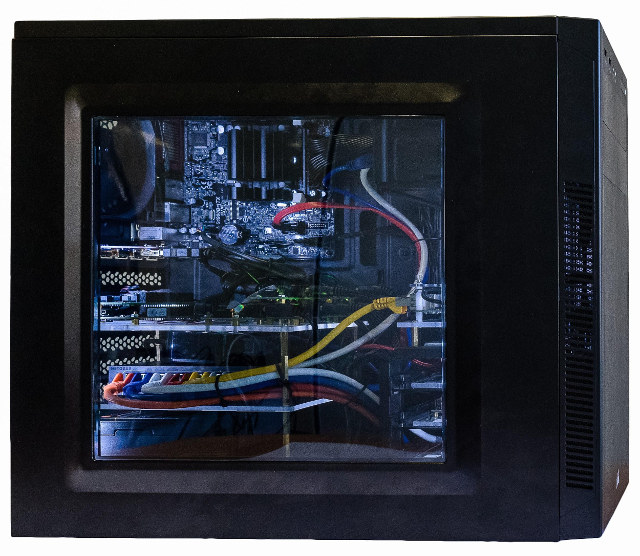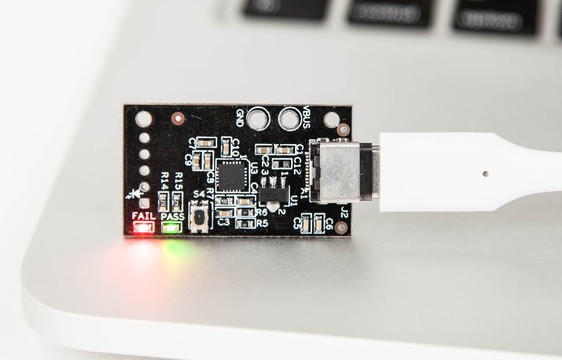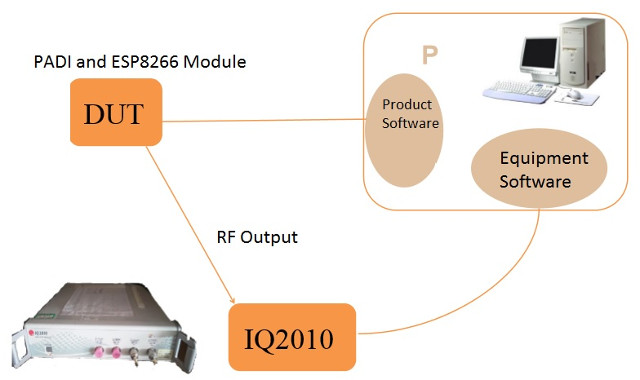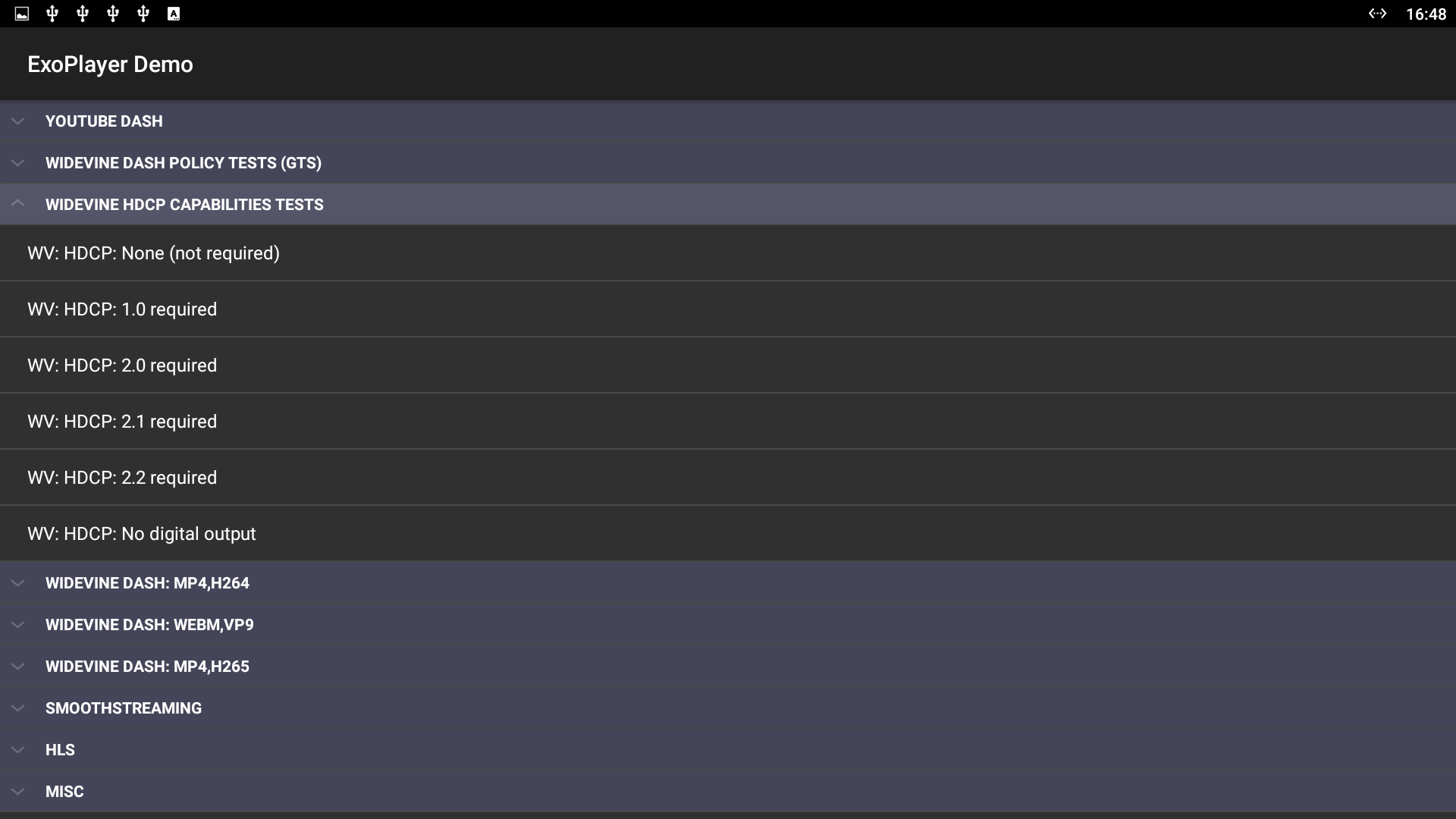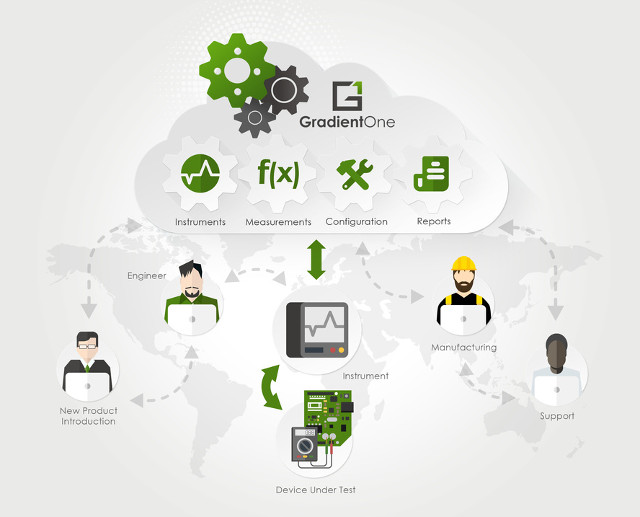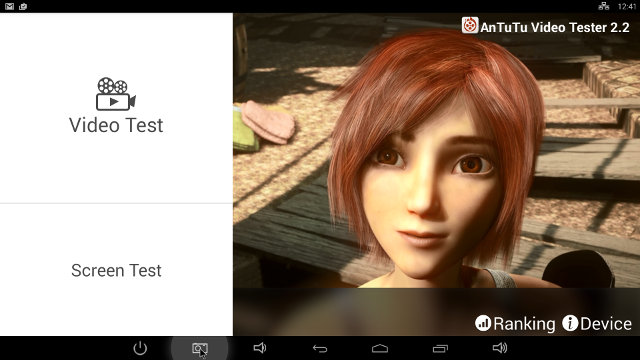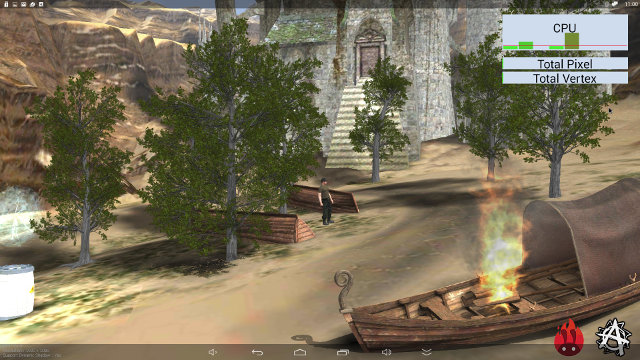The Linux kernel now has about 20 millions line of code, Arm has hundreds of licensees making thousands of processors and micro-controllers, which end up in maybe hundreds of thousands of different designs, many of which are not using Linux, but for those that do, Linux must be tested to make sure it works. The same stands true for any large software used on multiple hardware platforms. Manual testing is one way to do it, but it’s time consuming and expensive, so there are software and hardware continuous integration solutions to automate testing such as Linaro LAVA (Linaro Automated Validation Architecture), KernelCI automated Linux kernel testing, and Automotive Grade Linux CIAT that automatically test incoming patch series. Both CIAT and KernelCI focus on Linux, and rely on LAVA, with KernelCI leveraging hardware contributed by the community, and proven to be effective as since it’s been implemented, failed build configs dropped […]
USBCEE Tiny-PAT Board Helps Testing USB-C Power Adapters (Crowdfunding)
USB power delivery allows for up to 100W charging using 20V @ 5A through a USB type C port, and the specifications also mandate supports for various voltages between 5V and 20V. However, some USB-C power adapter that not be fully compliant with the specifications, potentially risking to damage your device. USBCEE Tiny-PAT board has been created in order to test such power adapters to make sure they are compliant with USB PD 2.0/3.0 specifications. Tiny-PAT board features and specifications: Supported USB Spec Version – PD 2.0 / PD 3.0 Max Voltage: 24 V Max Current: 5 A Max Power: 100 W USB type C receptacle Misc – Fail and Pass LEDS, S4 mode button, through holes for VBUS & GND Power Consumption: ~10 mA (may vary based on voltage) Dimensions – 35 x 20 mm By default, the board will test all power rules advertised by the power adapter, […]
Embedded Linux Conference & Open Source Summit Europe 2017 Schedule
The Embedded Linux Conference & IoT summit 2017 took place in the US earlier this year in February, but there will soon be a similar event with the Embedded Linux Conference *& Open Source Summit Europe 2017 to take up in Europe on October 23 – 25 in Prague, Czech Republic, and the Linux Foundation has just published the schedule. It’s always useful to find out what is being discussed during such events, even if you are not going to attend, so I went through the different sessions, and compose my own virtual schedule with some of the ones I find the most interesting. Monday, October 23 11:15 – 11:55 – An Introduction to SPI-NOR Subsystem – Vignesh Raghavendra, Texas Instruments India Modern day embedded systems have dedicated SPI controllers to support NOR flashes. They have many hardware level features to increase the ease and efficiency of accessing SPI NOR […]
Realtek RTL8710AF (PADI IoT Stamp) vs Espressif ESP8266 (ESP-07) WiFi RF Performance Comparison
After I posted about PADI IoT Stamp IoT kit based on RTL8710AF ARM Cortex M3 WiSoC yesterday, I was soon asked whether I could compare the RF performance against ESP8266 modules like ESP-12. I don’t have any equipment to do this kind of test, except for some simple test like testing range with WiFi Analyzer app, but I remember Pine64 told me they had some comparison data a little while, and accepted to share their results. The test setup is comprised of Litepint IQ2010 multi-communication connectivity test system and PC software, as well as the device under test (DUT) with PADI IoT Stamp (version with u.FL antenna connector) and ESP-07 ESP8266 module as a u.FL connector is required to connect the test system. They’ve tested 802.11b, 802.11g, and 802.11n, but for IoT projects 802.11b is the most important as usually long range is more important than data rate. Test results […]
Test Widevine & PlayReady DRM, HDCP 1.x/2.x, 4K VP9 and H.265 in Android with Exoplayer App
I first heard about ExoPlayer in an Android TV Overview presentation at Linaro Connect 2014, but I never really looked into it. The source code is available on Github, and I’ve been given ExoPlayer.apk [Update April 2020: Exoplayer binary is now available on Apkpure] as it can be used to test UHD H265 support, HDCP 1.x, HDCP 2.x compatibility, PlayReady & Widevine DRM using different format and so on. So I installed it on Beelink GT1 Android TV box which I’m currently reviewing, and only include basic Widewine Level 3 DRM, and certainly does not support HDCP features. There are 9 sections in the app to test various videos and DRM schemes: YouTube Dash Widevine Dash Policy Tests (GTS) – Widewine with or without HDCP, with or without secure video path Widevine HDCP Capabilities Tests – NoHDCP, HDCP 1.0, HDCP 1.1, HDCP 2.0, HDCP 2.1, HDCP 2.2, and HDCP no […]
GradientOne Brings Oscilloscopes, Spectrum Analyzers, Frequency Generators… to the Cloud
Nowadays, product development often involves working with teams spread across the world, with for example hardware development in the US, software development in India, and manufacturing in China. Resolving issues may require several members of the teams to gather data and work together, and beside the distance issue, you have to handle different timezones too. GradientOne may help facilitating hardware and firmware debugging by connecting test equipments such as oscilloscopes, spectrum analyzers, frequency generators and others to the cloud, so that data can easily be shared, and any member of the team control the equipment remotely, even automatizing measurements if needed. It could also be useful to field application engineers who may bring portable equipment to the customer premises, and have one engineer investigate issues remotely. There are two ways to integrate equipment with GradientOne: Web user interface to control instruments, set parameters (e.g. trigger, acquisition type, etc), via the […]
Antutu Video Tester Automatically Tests Video and Audio Codecs & Playback Quality in Android
When I read a review about MK808B Plus this morning, I noticed the reviewer used Antutu Video Tester to evaluate video/audio performance of the device. Somehow I had never noticed it, and Antutu developers claim it can not only check whether video or audio codec are supported, but the tool can also give an appraisal of video quality: AnTuTu Video Test is a professional tool for testing video playback capability of Android Smart TV, set-top boxes and other devices. It integrates a few featured videos and testing algorithms that can help users judge the playback performance of the devices clearly. AnTuTu video test can not only detect the video playback formats devices support, but also can test the playback quality of devices. So I decided to try it out on Open Hour Chameleon Android media player based on Rockchip RK3288 processor. The first test you click on Video Test will […]
AllWinner A80 Octa Core big.LITTLE Processor CPU Usage Under Various Loads in Android 4.4 (Video)
Allwinner A80 is one of the few octa core processors featuring ARM’s big.LITTLE technology currently available on the market. The processor comes with four ARM Cortex A15 (big) cores, and four ARM Cortex A7 (LITTLE) core, and tasks will be scheduled to different processor depending on the load to optimize power consumption on mobile devices. However, earlier big.LITTLE processors like Samsung Exynos 5410 has some serious limitations, as they only supported “cluster migration” meaning you could only use the Cortex A7 cluster or Cortex A15 cluster at any given time, so Exynos 5410 could only make use of four cores at most due to hardware limitations. They also used to be two software implementations: In-kernel Switching (IKS) and Global Task Scheduling (GTS). The former could only handle one type of core at the same, and the latter, which I believe is now used in all new devices, can handle any […]


